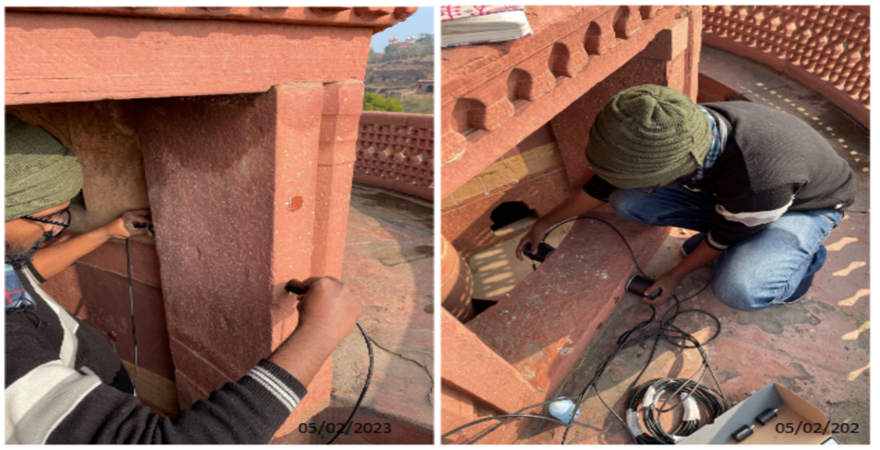- +91-11-4044-5999
- info@cdri.world
-
Copernicus Marg, New Delhi, INDIA

Evaluation of Cyclonic Disaster Resilience of Coastal Healthcare Infrastructure in Bangladesh: A Special Comparison with Japan
Dr. Gulsan Ara Parvin
Researcher, College of Policy Science, Ritsumeikan University, Osaka Ibaraki Campus, Japan
Dr. Md. Anwarul Abedin
Professor, Laboratory of Environment and Sustainable Development (ESD Lab), Department of Soil Science, Bangladesh Agricultural University Bangladesh
Dr. Nina Takashino
Associate Professor, College of Policy Science, Ritsumeikan University, Osaka Ibaraki Campus, Japan
Abstract: Efforts to understand cyclonic disaster resilience of critical infrastructure, especially healthcare infrastructure, are rare in Bangladesh and Japan – the two most cyclone-vulnerable countries in the world. This study evaluates the cyclonic disaster resilience of Bangladesh’s coastal healthcare infrastructure through a special comparison with Japan.
An intensive and systematic literature review was done to determine cyclonic disaster resilience evaluation’s dimensions, parameters and indicators. Incorporating all these selected dimensions, parameters and indicators, a structured questionnaire was prepared, where a three-point Likert scale (poor, moderate and good) was used to assess the level of resilience of the healthcare infrastructure. Cyclonic disaster resilience was evaluated using the Weighted Mean Index method; the Cyclonic Disaster Resilience Index was developed for five studied healthcare infrastructures. In Bangladesh, three Upazila Health Complexes (UHCs) in the coastal district of Satkhira and in Japan, two coastal hospitals of Miyagi Prefecture were studied.
The Cyclonic Disaster Resilience Index scores indicate that all five healthcare infrastructures have moderate (2 out of 3) levels of cyclonic disaster resilience. However, the resilience levels vary in dimensions and parameters. In the case of Bangladesh, the occupational safety of all UHCs has a poor score (ranging from 1 to 1.67) in resilience evaluation, while this is in moderate condition in Japanese hospitals. Debhata UHC of Bangladesh has the highest Cyclonic Disaster Resilience Index score in overall resilience (2.5) and structural resilience (2.7) among the five studied healthcare infrastructures. Conversely, this UHC has relatively low (1.9) resilience in the non-structural dimension.
These outcomes reveal that cyclonic disaster resilience varies in structural and non-structural dimensions and even in different parameters. Therefore, this type of study is essential for precise resilience evaluation of healthcare infrastructure to allow effective budget allocation and action planning for disaster preparedness, risk reduction, and, finally, building resilient critical infrastructure to serve during and after disaster.
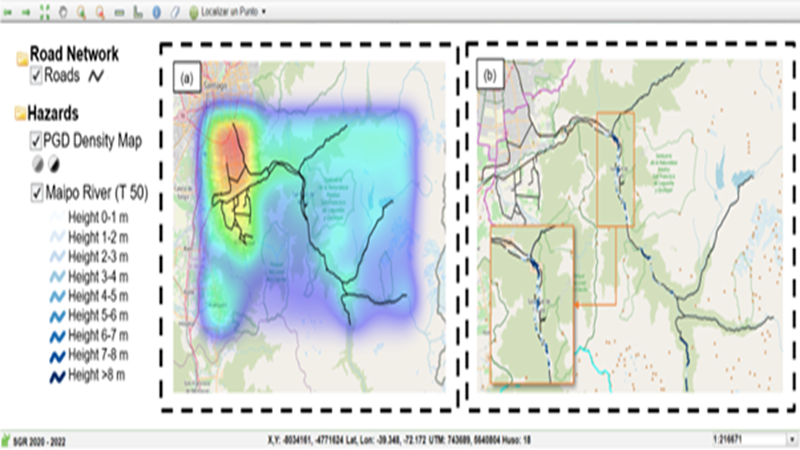
 in floating community space (fls) in the peruvian amazon.jpg)


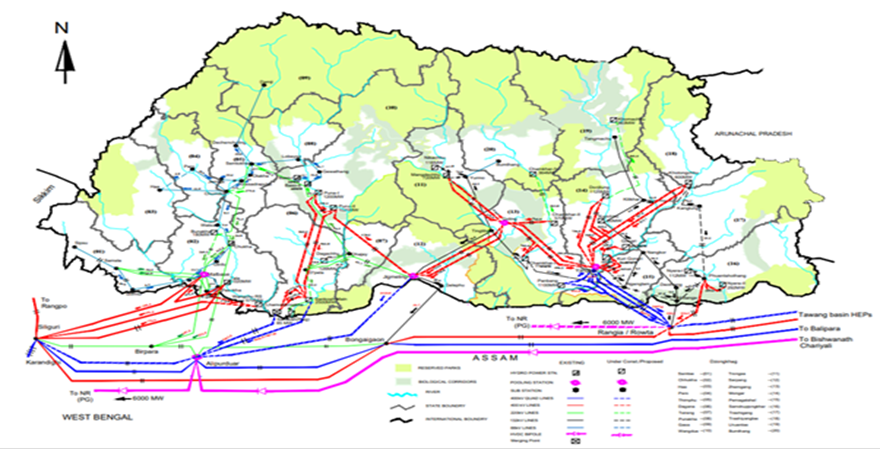
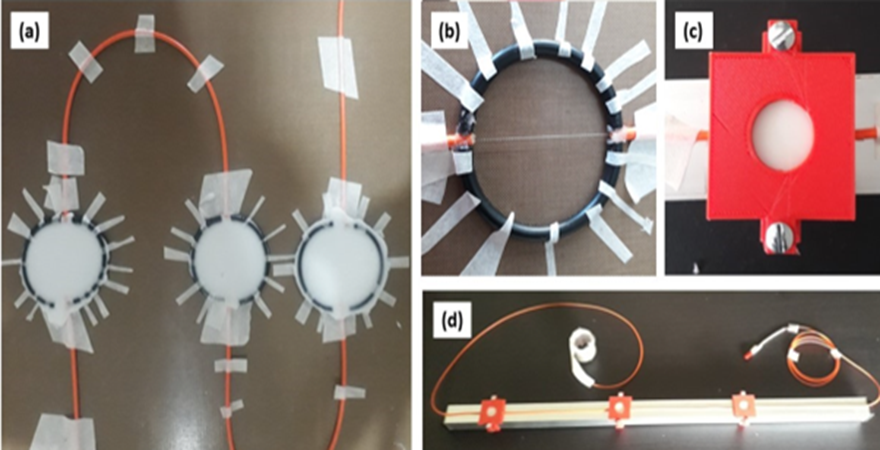

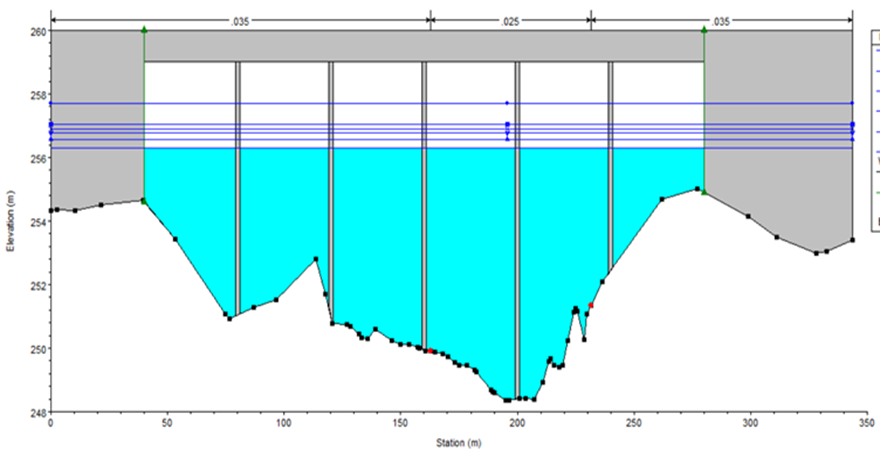
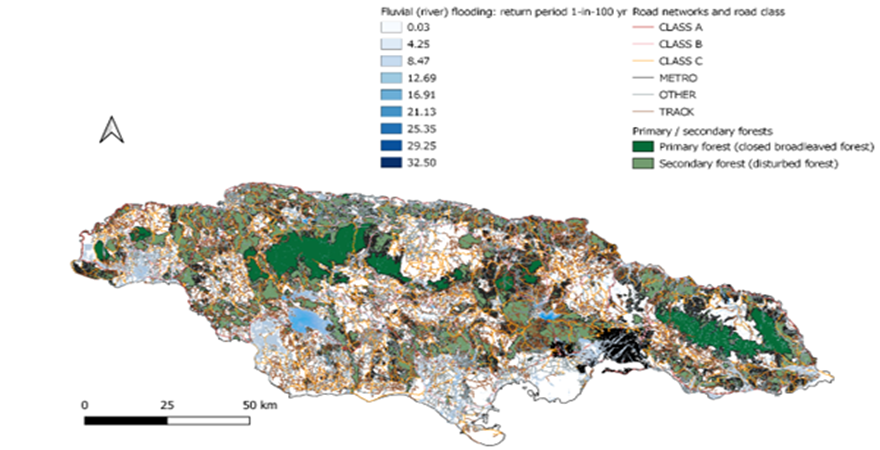
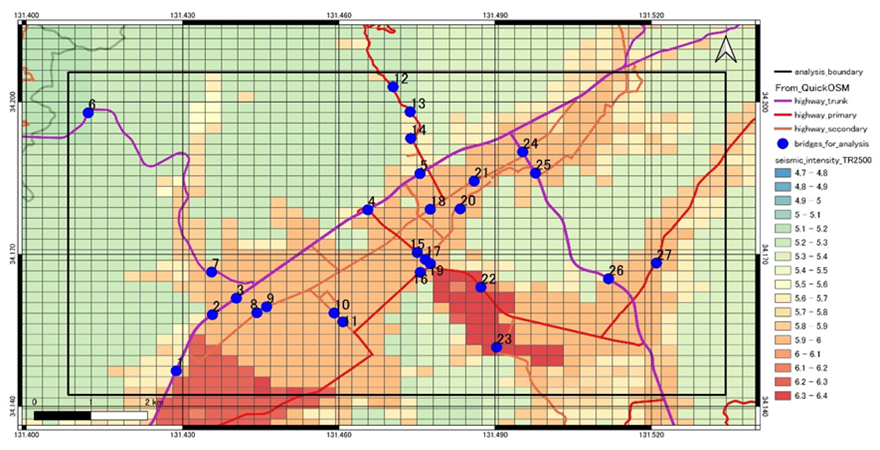

 for infrastructures based on disaster.png)
